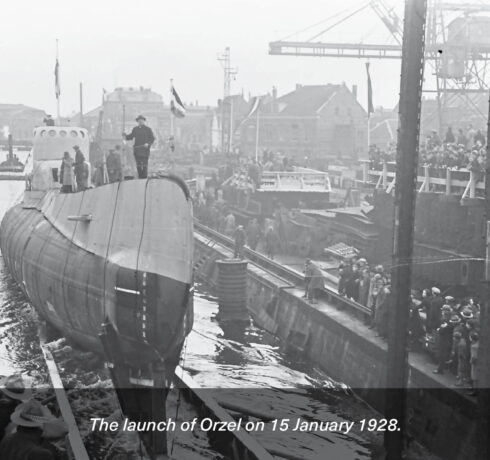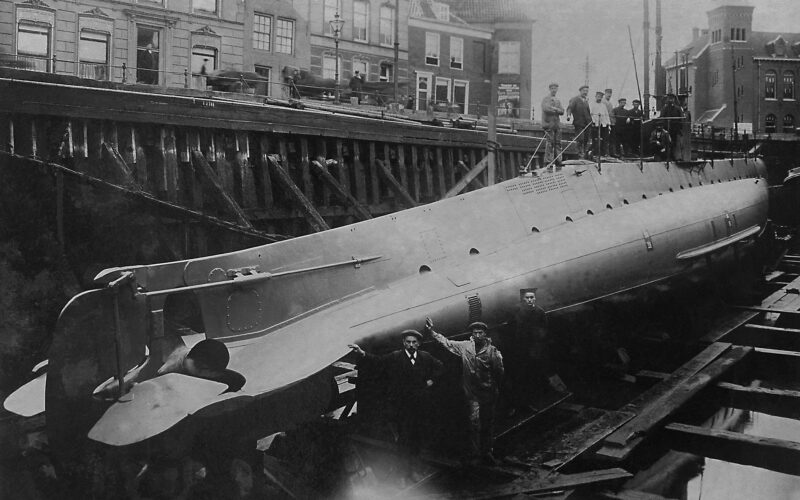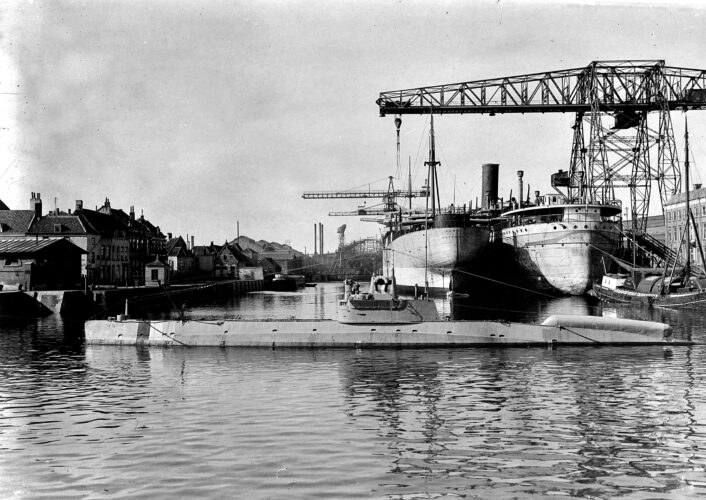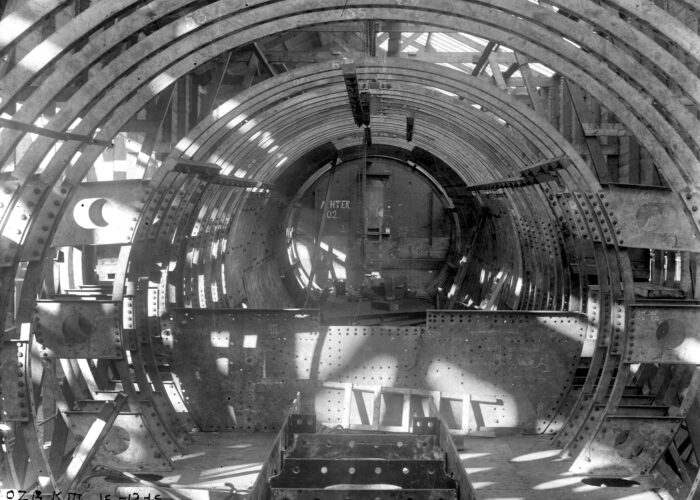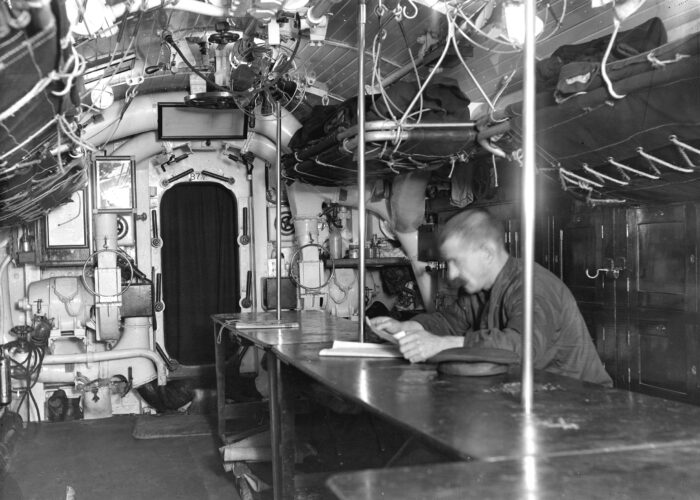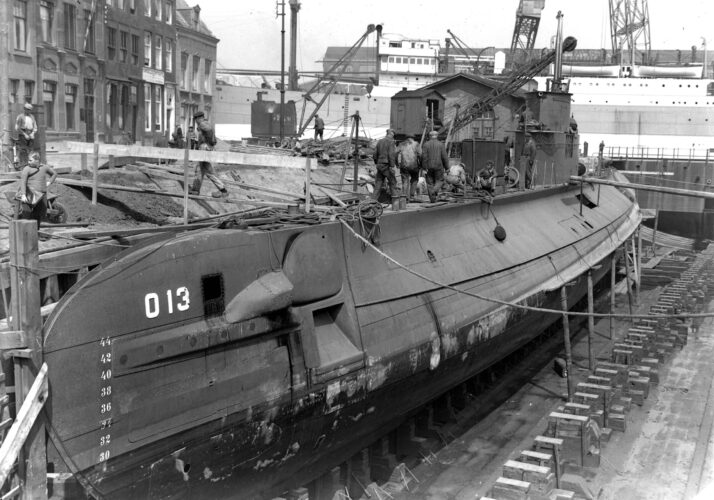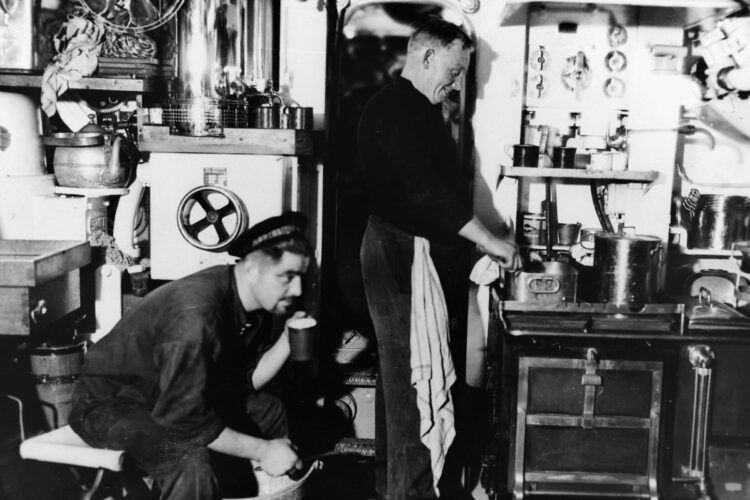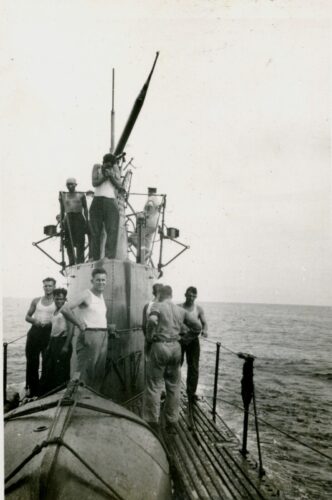Damen Naval and Saab are in the race together to build the four successors of the Walrus-class submarines for the Royal Netherlands Navy. In doing so, Damen Naval is in fact following an old tradition. Up until the outbreak of the Second World War, the yard’s predecessor Royal Schelde Shipyard delivered no less than twenty submarines. The very first, which the yard aptly named Luctor et Emergo, was commissioned in 1906 as ‘O 1’ (Submarine Torpedo Boat 1). In 2018, military historian Tobias van Gent, together with Ron van Maanen, wrote a comprehensive book about the twenty submarines. “They were high-quality boats.”
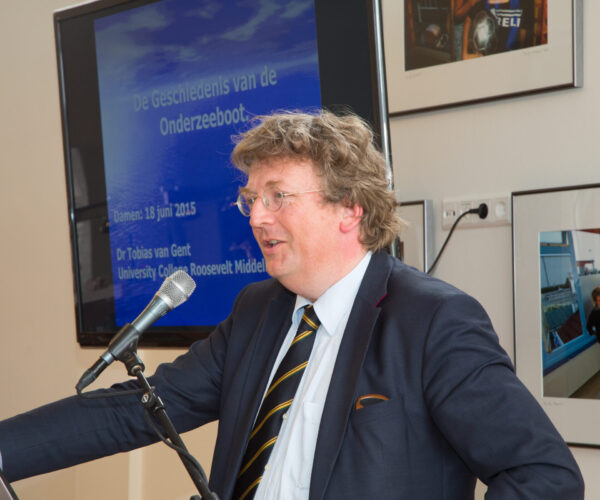 Military historian Tobias van Gent.
Military historian Tobias van Gent.
The commissioning of the O 1 (construction number 116) on 21 December 1906 marked the birth of the Royal Netherlands Navy Submarine Service. “When World War I broke out in 1914, the Royal Navy already had six operational submarines, and the war accelerated the expansion of the Dutch submarine fleet,” Tobias says. “Inspired by the success of the German U-boats, our political policy in the years after the First World War was for the armed forces to have many submarines. This was partly because they were seen as a cheap but effective alternative to large surface ships, which required a much larger crew.”
“The idea was that, in terms of strike capability, the Navy’s focus should therefore be on the deployment of the submarine as a weapon. This resulted in the Submarine Service at one point having much more modern equipment than the surface fleet.” However, with the Dutch Lower House of Parliament’s rejection of the new Fleet Act by one vote in 1923, the great maritime ambitions were over. In the 1930s, the tide slowly began to turn again after the then Minister of the Navy announced the expansion of the fleet with eighteen submarines for the Dutch East Indies and ten for the Netherlands.
The resulting contracts boosted the development of submarine technology at Dutch shipyards. De Schelde shipyard built its very first submarine, O 1, under licence, having made a deal with the American Electric Boat Company (EBC). In exchange for the exclusive right to use patents from EBC for 25 years to build submarines under licence, De Schelde had to relinquish a large part of its profits. This deal, sometimes described as a ‘contractual stranglehold’, was only dissolved when the Vlissingen shipyard had already built twelve submarines.
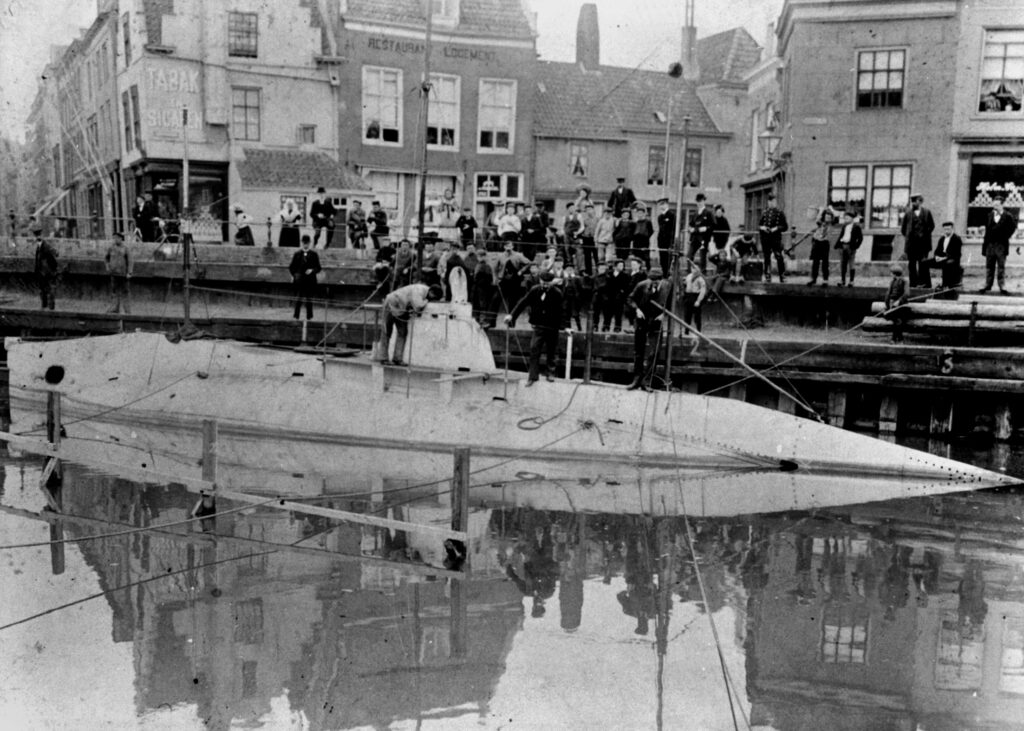 O 1 under construction in Dok van Perry.
O 1 under construction in Dok van Perry.
“Submarine crews are a different type of people within the Navy. They are more free-spirited, more independent and less hierarchical than frigate crews." Tobias van Gent
The sea trials of the O 1 in December 1905 at the Den Helder roadstead were far from perfect, says Tobias. “They had to sail for twelve hours at an average speed of 8 knots. The weather was stormy and visibility poor. On top of that, a number of American sailors, who had been sent by the EBC, became seasick… The rough seas apparently became too much for them.” On 19 October 1906, after further trials and an extensive test programme, the Lower House agreed to the purchase of the O 1 for the Royal Navy. Half of the 123,000 guilders made by De Schelde shipyard went to the EBC.
According to Tobias, the submarines built by the Royal Schelde Shipyard were “very advanced” due to the use of modern equipment and advanced construction techniques. “As a result, the vessels not only performed well, they were also robust and reliable.” In fact, the O 21 (construction number 207), launched in Vlissingen on 21 October 1939, was literally the Royal Netherlands Navy’s most effective submarine of World War II. The O 21 succeeded in torpedoing eight enemy ships, including the U 95, one of only fourteen German U-boats sunk by an Allied ‘sub’ during the war.
The seven O 21 class boats built in the Netherlands were “very modern for their time,” notes Tobias. “The diesel engines produced as much as 2,650 horse power, which enabled speeds of over 20 knots to be reached on the surface,” he says. “And they were all equipped with a ‘snorkel’, which allowed the onboard batteries to recharge without the submarine having to come to the surface.” De Schelde has delivered one submarine to a foreign Navy: the Orzel (1939, construction number 205), destined for Poland, and designed by the Dutch ship design company Nevesbu.
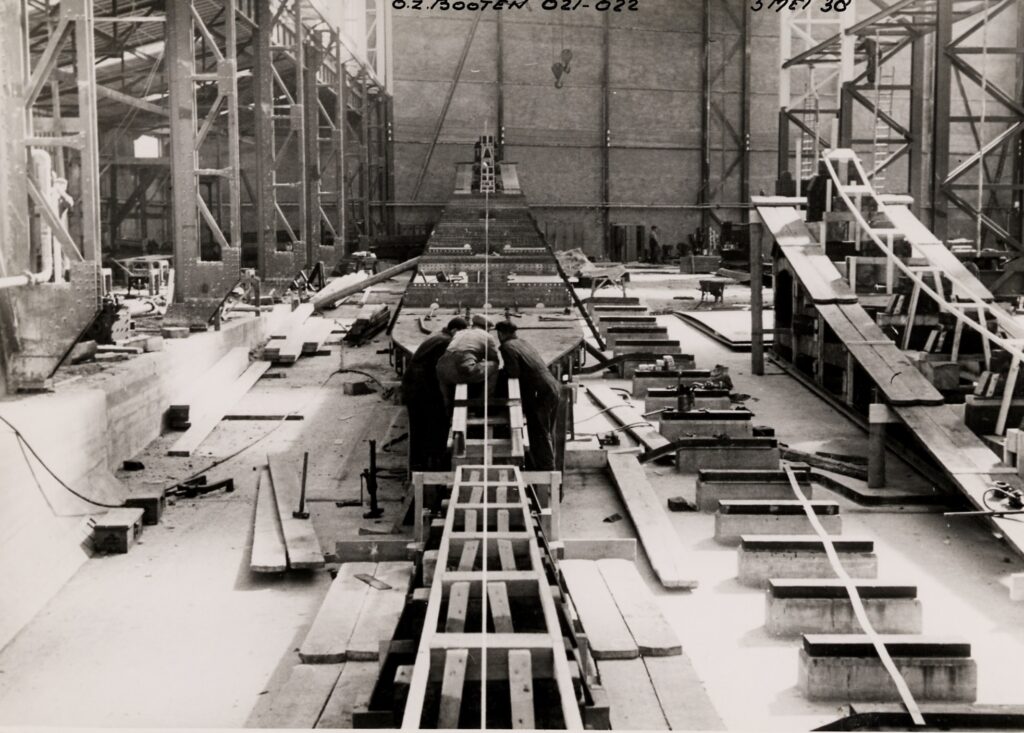 O 21 under cpnstruction in the Dokloods on The Island, 1938.
O 21 under cpnstruction in the Dokloods on The Island, 1938.
With a length of 84 metres, this was also the largest submarine ever built in Vlissingen. According to Tobias, there is an exciting story to be told about every Schelde-built submarine. “On 1 September 1939, the day of the German invasion of Poland, the Orzel left her homeport of Gdynia to attack the enemy. However, after German ships and planes had strafed his boat several times, the commander decided to divert to Estonia. Unfortunately… the Estonian authorities in Tallinn, under pressure from the Germans, seized the submarine. However, the Polish crew did not surrender easily.”
“After a few days they overpowered the guards. Without navigational tools and weapons – the Estonians had confiscated those – the Orzel made a break for it, out of the channel and, after a thrilling journey through the Sound and the Kattegat, managed to escape to Scotland.” Tobias’ fascination with submarines stems from, among other things, his national military service in the Royal Netherlands Navy, where for several years he worked as a teacher at the Royal Naval Institute in Den Helder in the rank of Lieutenant Commander 2nd Class.
“Submarine crews are a different type of people within the Navy,” he states. “For example, they are more free-spirited, more independent and less hierarchical than frigate crews. But I think that if you are 24 hours a day with a small group of people in a relatively small space, you are very much dependent on each other, and that the lines of rank and hierarchy eventually become a little blurred.”

